- Apply
- Visit
- Request Info
- Give
Scroll

From the earliest coos and babbles, to the first spoken word, to the explosion of language and increasingly complex sentences, to a child's first attempts at writing, the first five years of life are an exciting time for the development of children's language and early literacy skills.
Beginning in infancy, early childhood professionals can help set the foundation for children to become successful readers and communicators by:
- Talking and singing with children
- Reading books every day
- Asking questions to encourage oral language
- Providing print materials for children to play with and use for early writing.
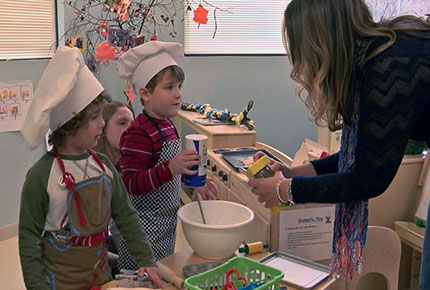 Building Vocabulary in the Preschool Classroom (1:53)
Building Vocabulary in the Preschool Classroom (1:53)
In this video from the "Reflection from the Field" series, preschool teacher Maureen Ostroff shares her strategies for enhancing children’s vocabulary as she introduces new books, revisits the story, and incorporates vocabulary from the story in other parts of the classroom.
See more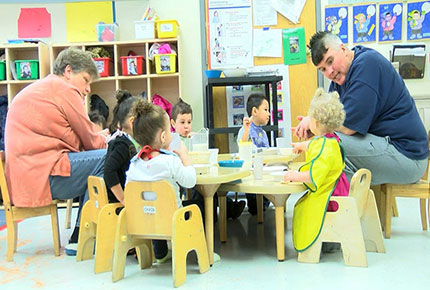 Supporting Language Development of Infants and Toddlers during Mealtime (2:13)
Supporting Language Development of Infants and Toddlers during Mealtime (2:13)
In this "Reflections in the Field" videos, infant/toddler teacher Heather Mulrooney describes how she uses a variety of strategies during mealtime to support language development in very young children, including imitating sounds with young infants, using sign language, and supporting toddlers to use words as they are able.
See more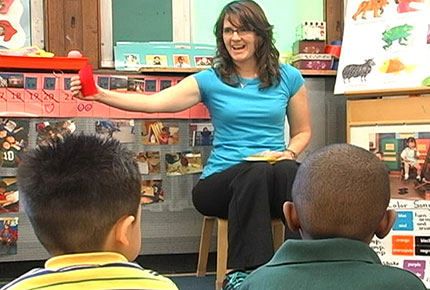 Strategies for Supporting Dual Language Learners in an Early Childhood Classroom (2:46)
Strategies for Supporting Dual Language Learners in an Early Childhood Classroom (2:46)
In this "Reflection from the Field," preschool teacher Beth Martin describes the importance of building relationships with children whose home language is different from her own, and the techniques she uses to help dual language learners understand what is happening in the classroom and become more comfortable speaking in English.
See more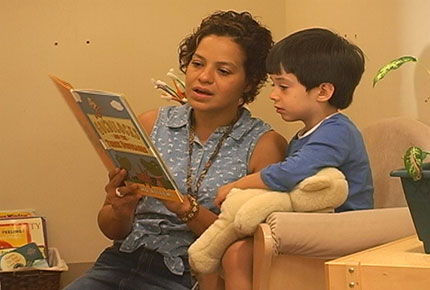 Supporting Oral Language in the Preschool Classroom
Supporting Oral Language in the Preschool Classroom
In this four-part video series, teachers and experts discuss oral language development and strategies for how early childhood professionals can create a language-rich environment in preschool classrooms. This series includes:
• Supporting Oral Language Development in a Language-Rich Environment (9:32)
• Utilizing Interactive Read-Alouds to Support Oral Language Development (7:11)
• Engaging Children in Oral Storytelling to Support Oral Language Development (6:50)
• Supporting Oral Language Development in Dual Language Learners (10:49)
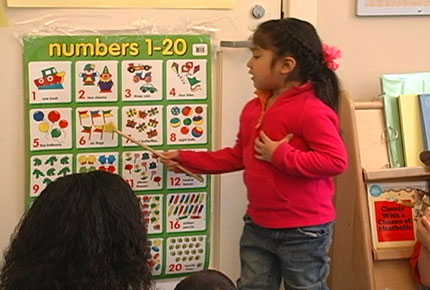 Supporting English Language Learners in the Preschool Classroom (7:24)
Supporting English Language Learners in the Preschool Classroom (7:24)
Although many preschool classrooms now include children whose first language is not English, teachers may find it challenging to effectively support young children with limited English skills. In this e-clip video, Dr. Ann Anderberg stresses the importance of continuing to support first language development in children, and gives suggestions for assisting these young learners in their acquisition of English. When teachers and parents engage in practices that support oral language development, children can develop strong language skills in both their first and second languages.
See more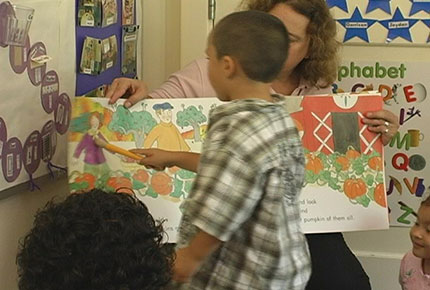 Five Predictors of Early Literacy (6:36)
Five Predictors of Early Literacy (6:36)
Early childhood professionals need to know how to support young children’s language and early literacy development. In this e-clip video, Dr. Theresa Bouley stresses that best practice in early literacy instruction must involve both spontaneous and planned daily activities focused on the five areas of literacy learning that best predict children’s future reading and writing development: oral language, phonemic awareness, alphabet awareness, concepts about print, and early writing with inventive spelling. If preschool teachers know what these five predictors are, they can not only plan daily meaningful lessons in these areas, but they can maximize their ability to catch spontaneous teachable moments throughout the day.
See more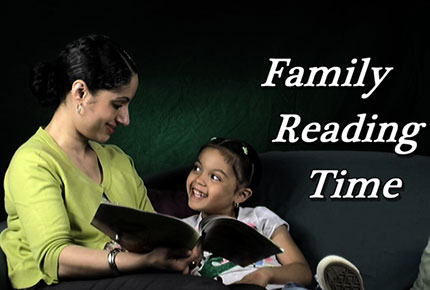 Family Reading Time/La Hora De Lectura en Familia
Family Reading Time/La Hora De Lectura en Familia
Research shows that having conversations with children during book reading can significantly improve their understanding of the book and build their early literacy skills. This video series provides guidance for how parents from multilingual households can support their children's language and literacy development, as well as help maintain first language proficiency by spending time reading every day in both English and their first language. Videos are available in both English and Spanish.
See more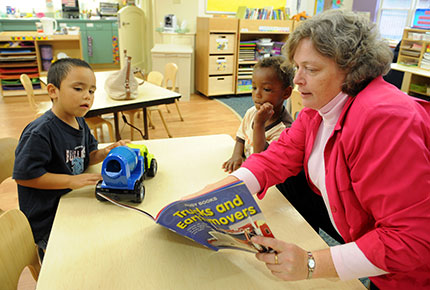 Inspiring Lessons (29:21)
Inspiring Lessons (29:21)
In 2008, the Center began a three-year effort to improve the early literacy skills of over 500 preschool children in Windham, Connecticut under a U.S. Department of Education Early Reading First grant. This 30-minute video shares some of the important lessons learned during the Community Partners for Early Literacy (CPEL) project.
See more
